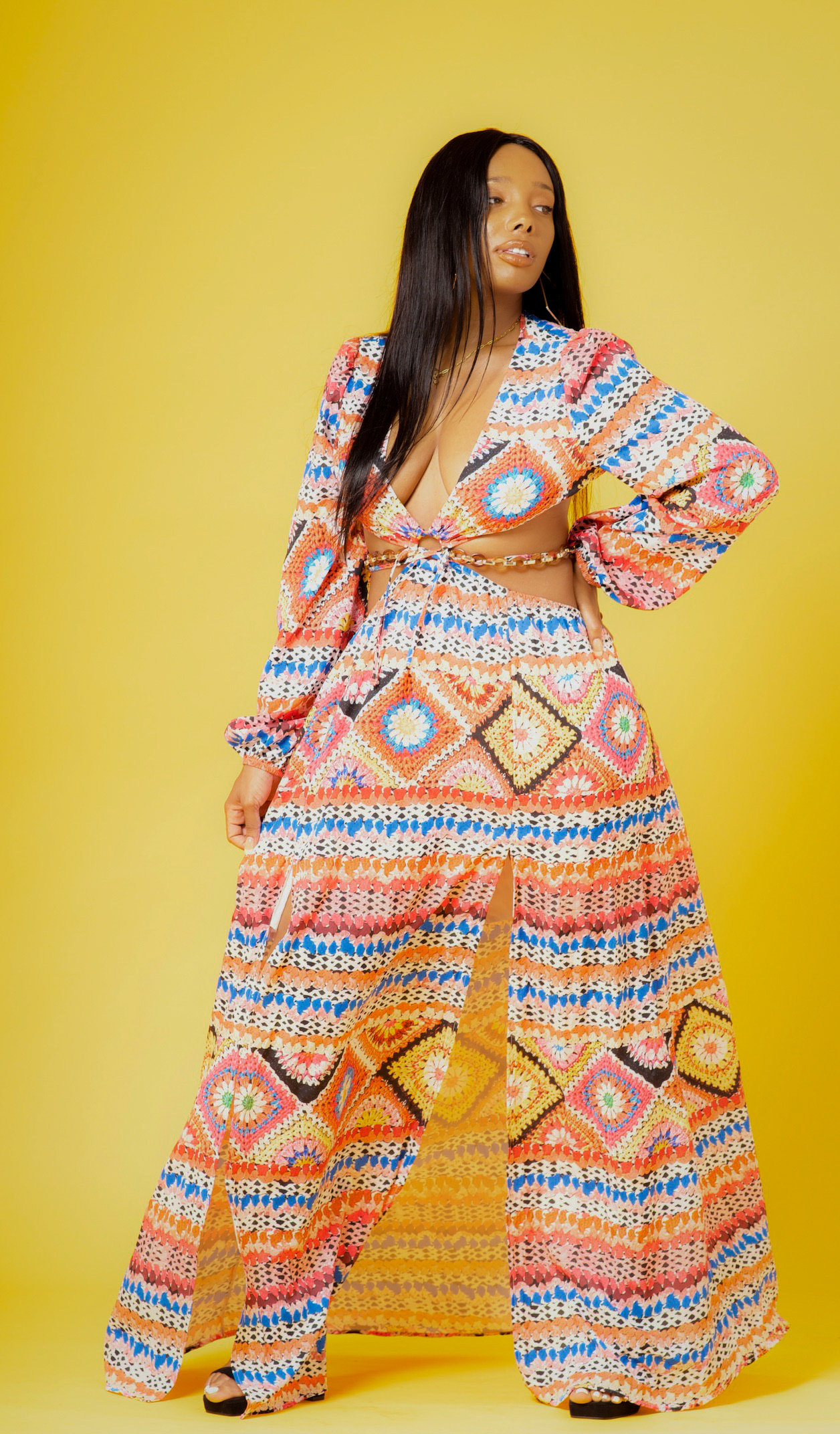
No two generations are the same, ask each previous generation, and they will tell you that the younger groups coming up are vastly different from theirs and aren’t equipped to live in the world as they know.
While this seems to be an argument mostly raging between the Baby Boomers and the Millennials, this has been repeated throughout time and patterns in history will price the vast differences between each incoming age group.
But bringing it back to 2021 and the digital age. With an abundance of technology and information at our fingertips, the newer generations are fluent in the tools at their disposal. The Gen Z kids have primarily grown up in a digital era compared to the previous Gen X and Millennials. They had a more blended analogue and digital experience. This is in stark contrast to the Baby Boomers, who have followed trends and adapted to the digital age.
You are probably wondering what this has to do with marketing. But put into a marketing context, who you are targeting and how you interact with them can make or break a campaign and be the difference between success and failure.
The differences between generations have never been more significant. Each age group has been proven to respond well to different forms of marketing and advertisements, especially with the onset of social media. Sadly, it isn’t one size fits all and having a tailored approach can make all the difference to your ROI.
This post looks at some of the behaviours and trends of each generation. It allows for greater insight into their habits to allow for a more effective marketing approach using the technology available to you.
Different Generations
Before we begin, it is essential to know exactly what age group you are targeting to make it more impactful.
- Boomers – 1946 – 1964
- Gen X – 1965 – 1980
- Millennials – 1981 – 1999
- Gen Z – 2000 onwards
Baby Boomers
Boomers often get a bad rep, and the phrase “OK Boomer” is often used in a more derogatory way to describe an overbearing and opinionated person in this age bracket. Typically, in response to them using the quotation “in my day…”
However, this section of the population still holds plenty of sway. While not everyone has moved with the time’s and adapted to the digital progress being made, they are a generation who, having reared their families and probably grandkids, know what they want, how they like it and more importantly, what they don’t want. And they will be vocal about it too.
Tips for Marketing to Boomers
- No slang – Even if baby boomers are hipper than some imagine, avoid employing slang or abbreviations that confuse them. They are used to texting with their grandchildren, but the grammar and abbreviations are often confusing. In your marketing efforts, be specific and concise.
- No clickbait – Boomers are wise. They won’t fall for click bait articles. They won’t read a piece unless you tell them what it’s about. If you present what you have to offer upfront, they are more likely to click on it if the issue interests them.
- Present Facts -Boomers have been around a long time and don’t have time for nonsense. If you give baby boomers the information they need, they will take it and use it to make decisions.
- Facebook – About 90% prefer Facebook over Instagram. Finding out where this generation congregates is crucial to selling to them via Facebook ads.
Gen X
Often the forgotten generation, Gen X, is referred to as the latchkey generation, and for the most part, they are aware of this fact, and it is a running joke.
However, this generation outspends others on food, housing, eating out, and entertainment. With over 13 million people in this age group in the UK alone, failing to market to their needs can mean cutting out a massive chunk of the market.
Gen X likes to research brands online, so making sure you provide thorough information such as contact details, a complete about you page, and facts to fulfil queries is a must. Much like boomers, Gen X prefer pieces over clickbait and respond well to this.
Target them via Facebook and Instagram using a blend of factual posts and fun content such as videos. Working with a video production company can help you to create engaging content for the Gen X market. Also, discounts, loyalty programs and secure online experiences are majorly effective ways of appealing to this generation.
Millennials
Millennials have a conscience, and frequently, they make their feelings known via their spending habits. With the older millennials entering their 40s now, they are no longer the “youth” and have families of their own. Brands wishing to target this age group need to have a strong ethical stance and be vocal in sharing this to persuade millennials they are a company worth spending with. Be personal and let them know more about you and how you work, thanks to the writing and engaging in a more conversational tone.
9 out of 10 millennials are online pretty much most of the time, so focussing on where they are, such as TV adverts, youtube videos, or Instagram posts using short snappy content that is informative and bite-sized, can work better. For time-sensitive information, Twitter is a typical hangout for Millenials.
Instead of targeting ages as you would with older generations, try focussing your efforts on interests such as those into fitness, mummy/daddy/parent genres or those living an alternative lifestyle such as vegan or holistic. Find a niche subculture in this vast and highly influential generation to personalise your targeted approach to create a more significant impact.
Gen Z
The oldest in this age group are reaching their mid-20s. However,r having grown up with a plethora of information at their fingertips, this generation knows what they do and do not like, and they want their values reflected in the brands they purchase from and the services they use.
With a greater social conscience and understanding of the world, they are savvier at a younger age than their millennial counterparts. This needs to be reflected in your marketing efforts.
You want to be producing fun and engaging content primarily found on social media. Tik Tok is the go-to platform for this generation, followed by Snapchat and Twitter. Opt for video content designed to be viral over long-form information and rambling posts on Facebook. But the key is to keep it short. Under 12 seconds is optimal, and to the point, don’t beat around the bush.
Another avenue is to use an influencer, as these days, social media stars hold a lot of influence over their followers. If they trust the influencer, then chances are they will make a purchase based on this recommendation.
Keep your reputation sound online, too, as any deviating from excellent service or hint of something being not quite right and this will be an automatic no-no and persuade Gen Z to move on to different companies.
In conclusion, there are similarities between each generation, even if some are loathed to admit it. However, they have grown up in a world that directly impacts how they consume media and how they react to what they are being shown.
Being able to tailor your content to each generation can allow you to improve your ROI and make your content and marketing efforts more influential and profitable for your company. So put some thought into what you are putting out there, identify your ideal customer and make sure you produce content worthy of the sale or the CTA you desire.

How to Stay Motivated When Blogging: 10 Top Tips and Embracing the Power of a Reset
Blogging is an incredible journey that allows you to share your thoughts, expertise, and creativity with the world. However, staying motivated can sometimes be challenging, especially when faced with writer’s block, a lack of inspiration, or the pressures of daily life. For me, I have dipped in and out of my blog and it has been without a doubt due to life’s pressures. However, blogging is and will always be my first love and I have worked really hard to get back in the fold and thought it would be great to share my top tips to keep your motivation high and give you avid blogger/writers a reminder that it’s perfectly okay to reset and start again.

3 Reasons Why You Should Book a Professional Photoshoot as a Blogger
Hey my loves, so sorry for the absence on here but I have been spending some time on fine tuning all of my offerings. As you should be aware of now, I run a female empowerment brand called Women Who Slay and I have recently launched a new Instagram page for bloggers and content creators called Blogging 101 where I share tips and advice to grow as an Influencer. As a result of this, I have been pulled here, there and everywhere. On top of that, I started a new role recently so I have been overloaded. Nonetheless, I really wanted to utilise the Blogging 101 section on SashaShantel.com and not only drive traffic to my fabulous home on the web but also share some epic photographs I shot with the talent photographer and graphic designer Katie Ryan Creations.

What Role Does Blogging Play in a Small Business?
When it comes to setting up a small business, you will have a list of priorities; chances are blogging is fairly low on that list, but that shouldn’t be the case. Blogging has been around for a while, but it has lasted for a reason. Blogging is a free and fast way to build a loyal audience.







